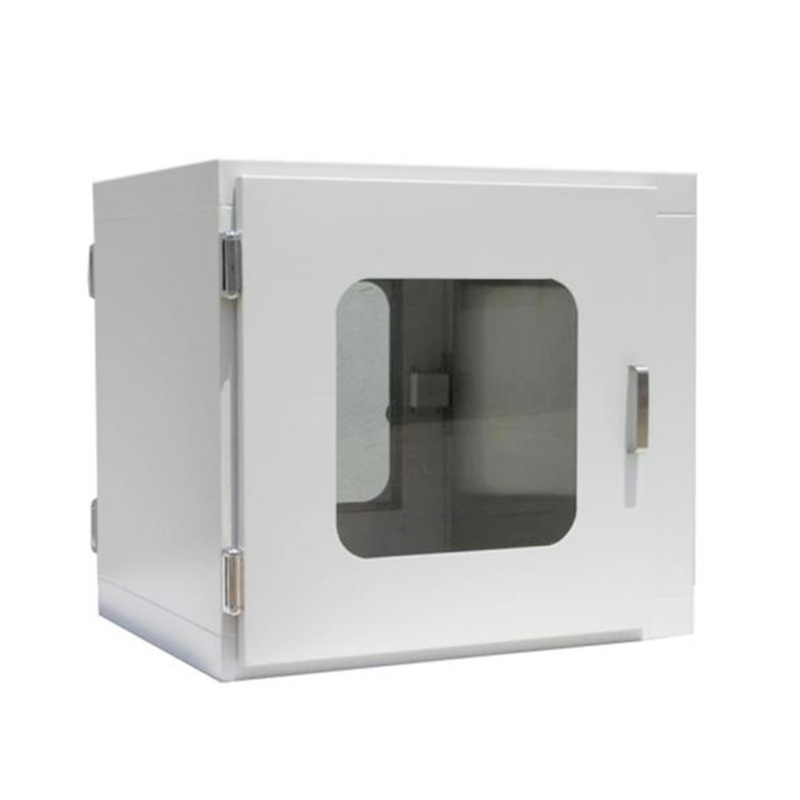

Pass Through Box allow the transfer of materials betwee […]
Pass Through Box allow the transfer of materials between two clean rooms or an aseptic area with minimal operator flux and contamination risks. The key feature is that the doors interlock, so if one door is opened the other remains closed. This is important because the primary work of a pass-through box is to move items from one cleanroom into another without raising any contamination concerns, and also to avoid airborne contaminants from transferring from less clean areas into the cleanroom.
Unlike traditional doors that are based on mechanical interlocks and hinges, the padana Cleanroom pass-box interlocks are based on a simple pneumatic system with a solenoid actuator. This means that it has no moving parts that require regular maintenance and is therefore much more reliable than mechanical systems. This makes the Padana cleanroom pass-box a much more robust and durable solution.

In addition to the interlocking door, cleanroom pass-through boxes can be supplied with a variety of options, including filters, fans and lamps. Choosing the right option for your cleanroom depends on your requirements and compliance standards. For example, a static and semi-active pass-box can be equipped with a standalone fan filter that provides high purity air to the box. This prevents contaminated air from one room passing through into the other and can achieve the highest levels of sterility for a pass-through.
Static and semi-active pass-boxes are designed to be used in controlled environments such as production and quality control laboratories. They are available in a range of sizes to suit different requirements, allowing carts full of equipment to be transported between clean rooms or an aseptic area. In order to increase the level of sterility, these types of pass-through can be provided with UV germicidal treatment, which is generated by direct irradiation of the product inside the box, and the surrounding air that has been filtered through absolute H14 HEPA filters.
This treatment destroys bacteria, viruses, fungi, moulds and mites. It is also effective against allergens such as pollen, dust and animal dander. As a result, this type of pass-through is ideal for pharmaceutical, biotechnology and medical device manufacturing.
As a part of the aseptic architectural system, the cleanroom pass-through box can be supplied in both passive and active ventilation configurations. Passive ventilated boxes use the pressure differences between rooms and natural leak paths to ventilate the passage-through with clean air. Alternatively, active ventilation uses mechanically introduced air to preserve a pressure regime between rooms, create a bubble or sink into the communicating room, dilute contaminants drawn into the pass-through during door opening, or maintain an area classification.
The cleanroom pass-through can be mounted on the floor or wall and is available with either a standard design or as a customized solution. It can be fabricated in stainless steel 304 or stainless steel 316L and is compatible with a wide range of wall finishes. It can also be supplied with a supporting stand or as a unit that connects to existing utilities.
Our new models offer superb design;competitive prices and their new features give them distinct advantages over similar products from other manufacturers.